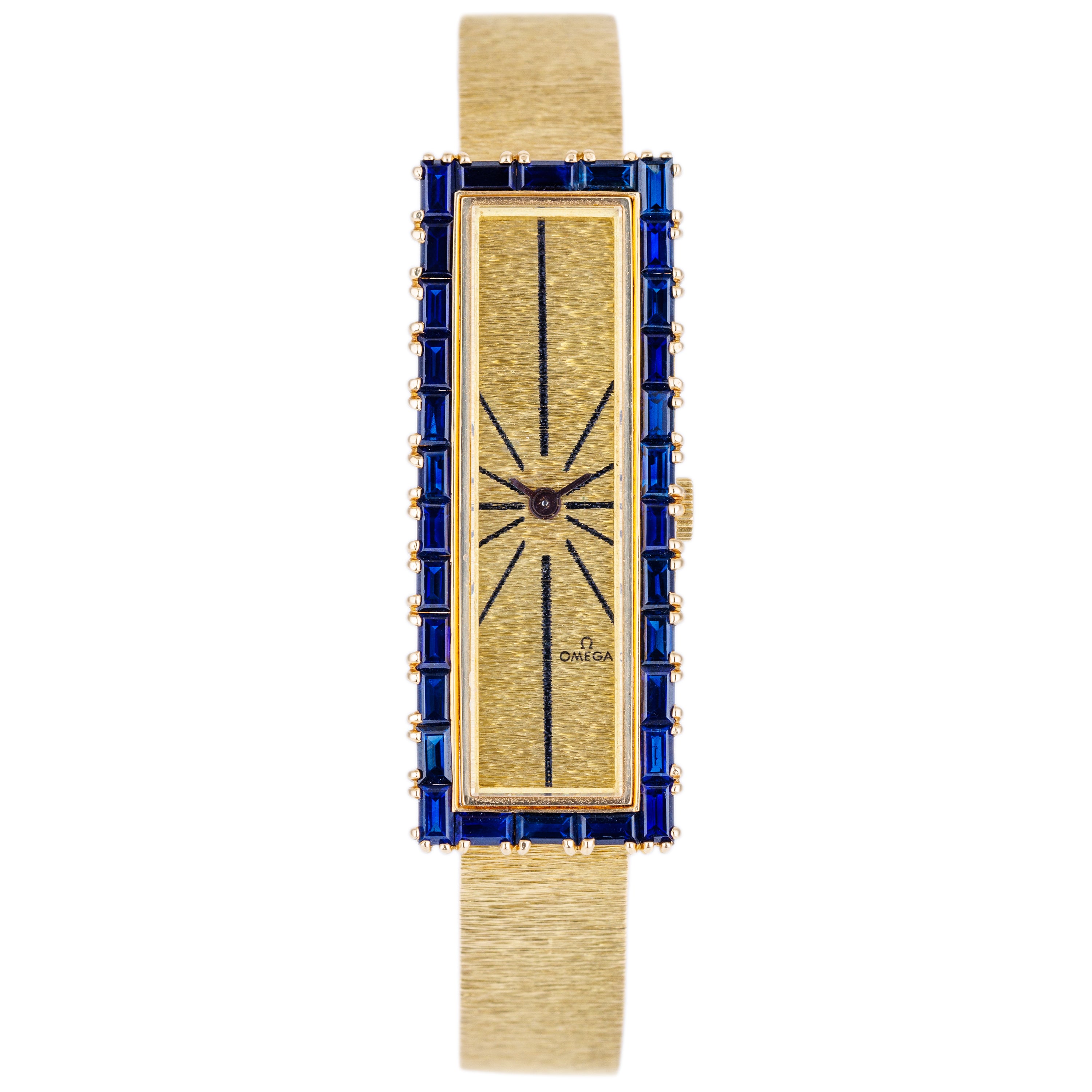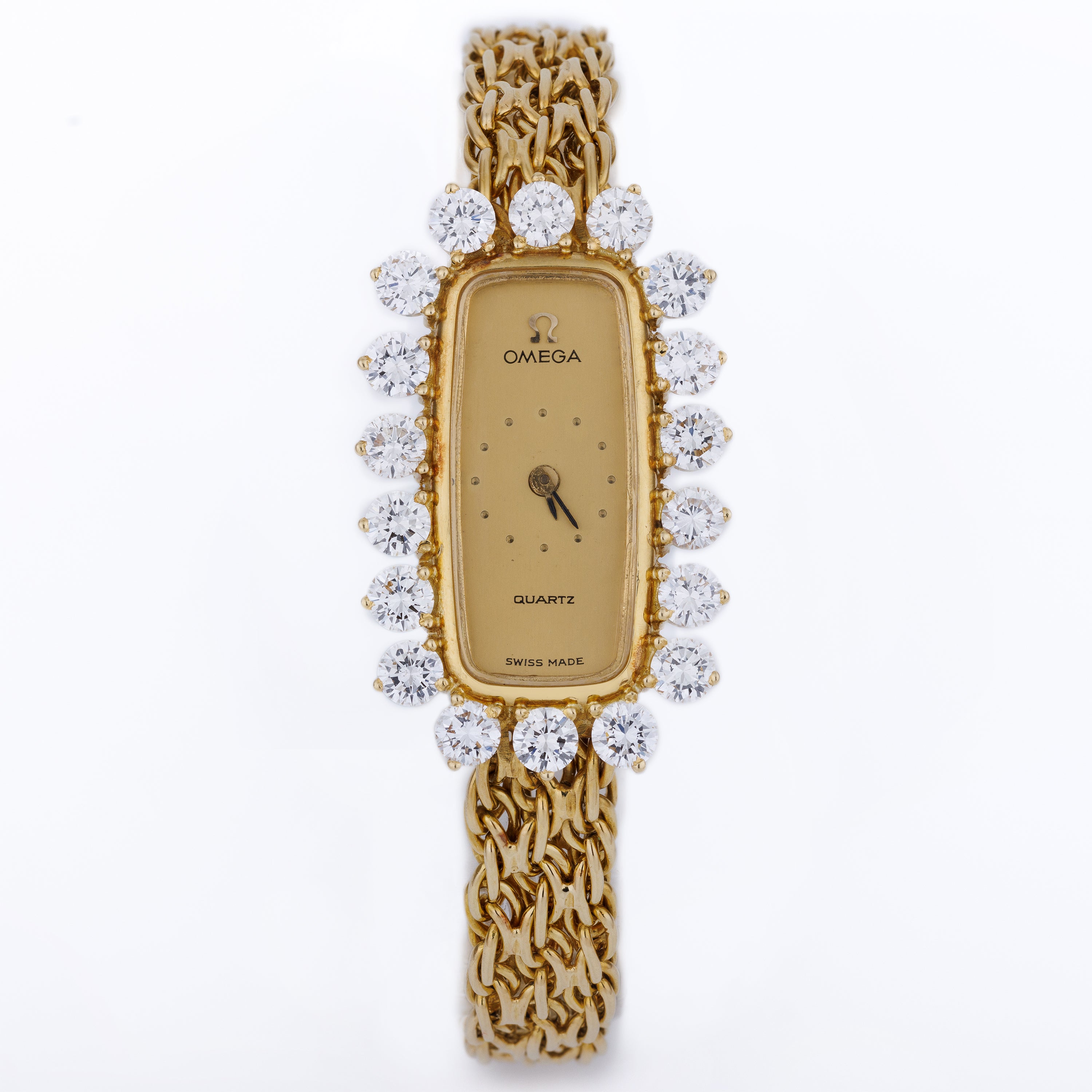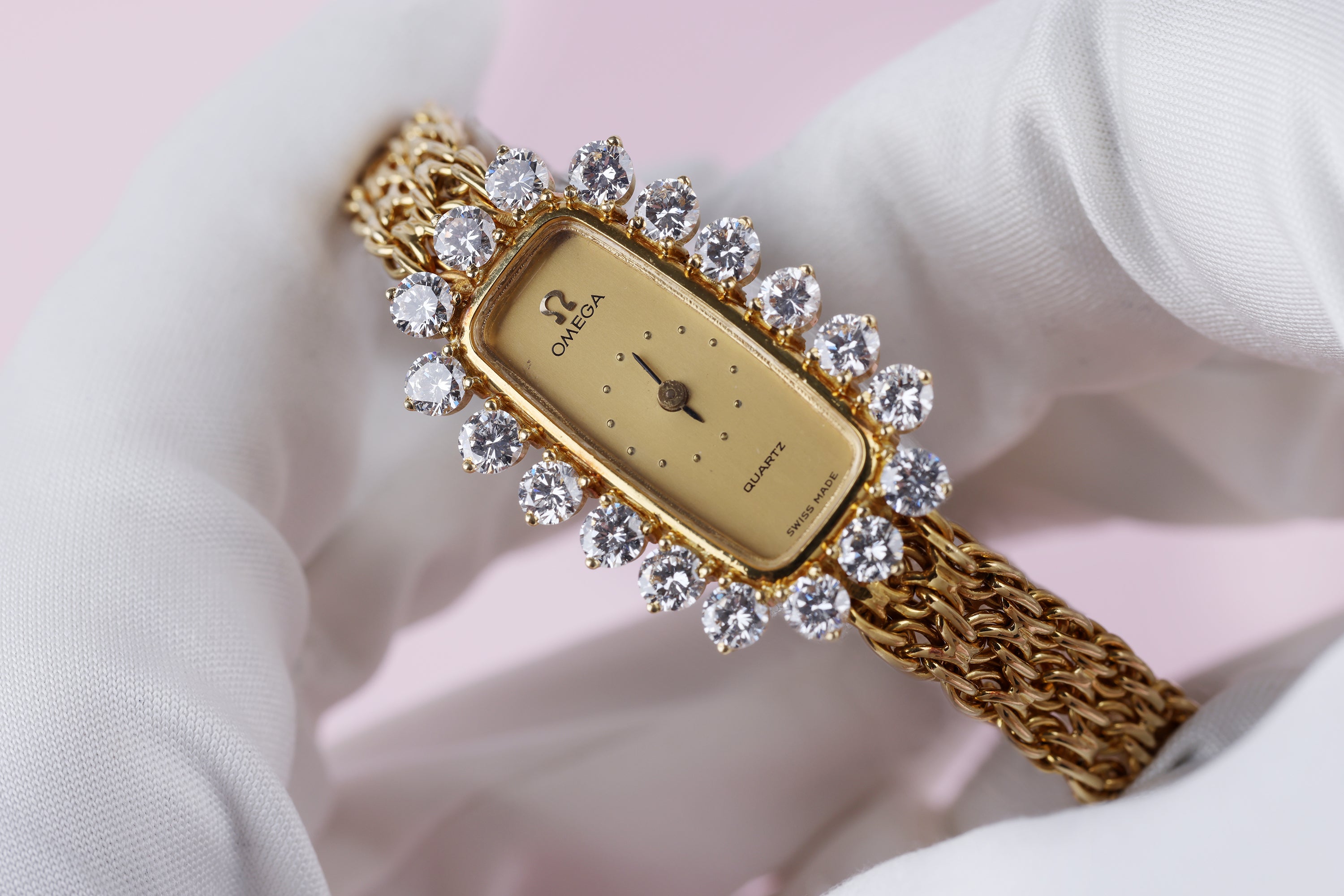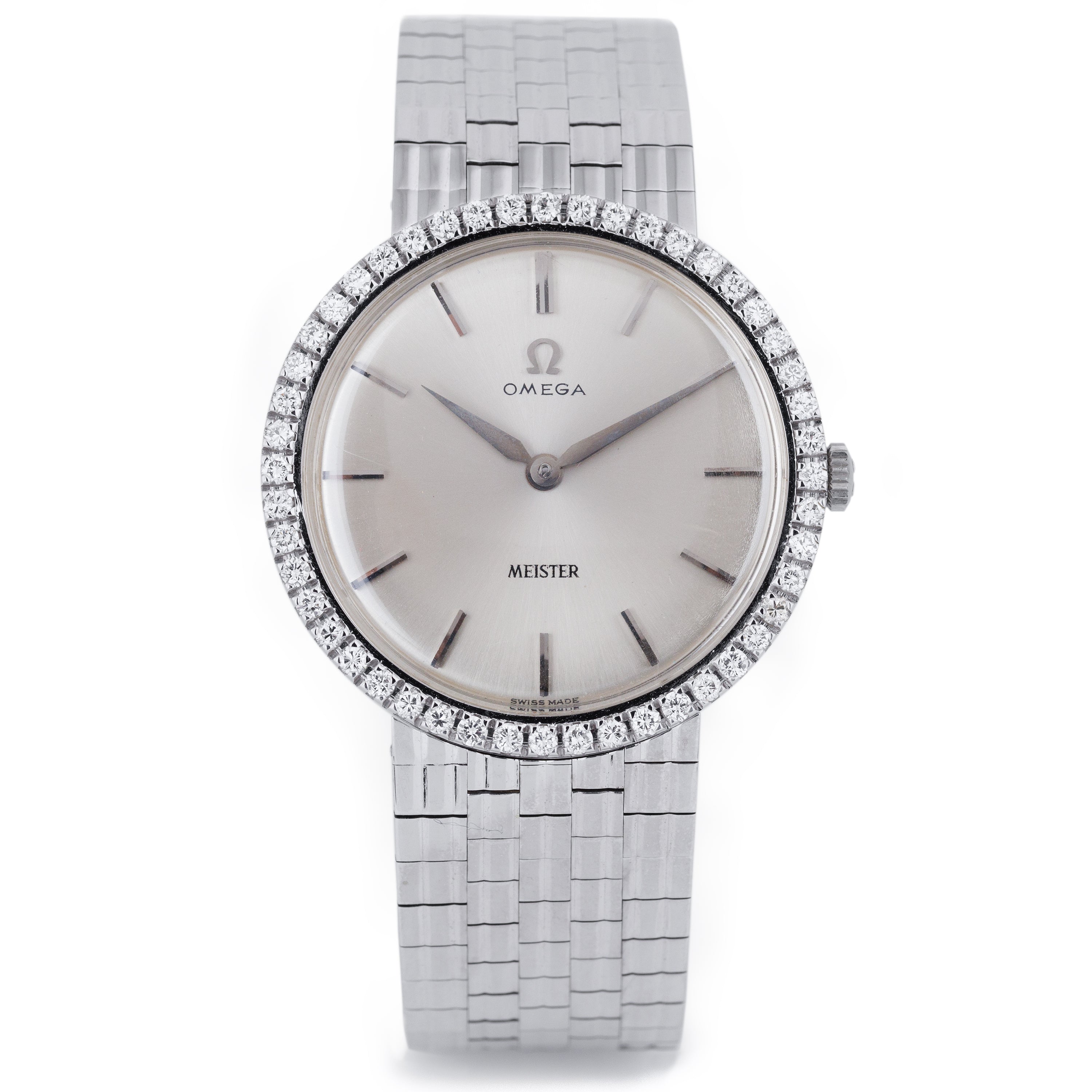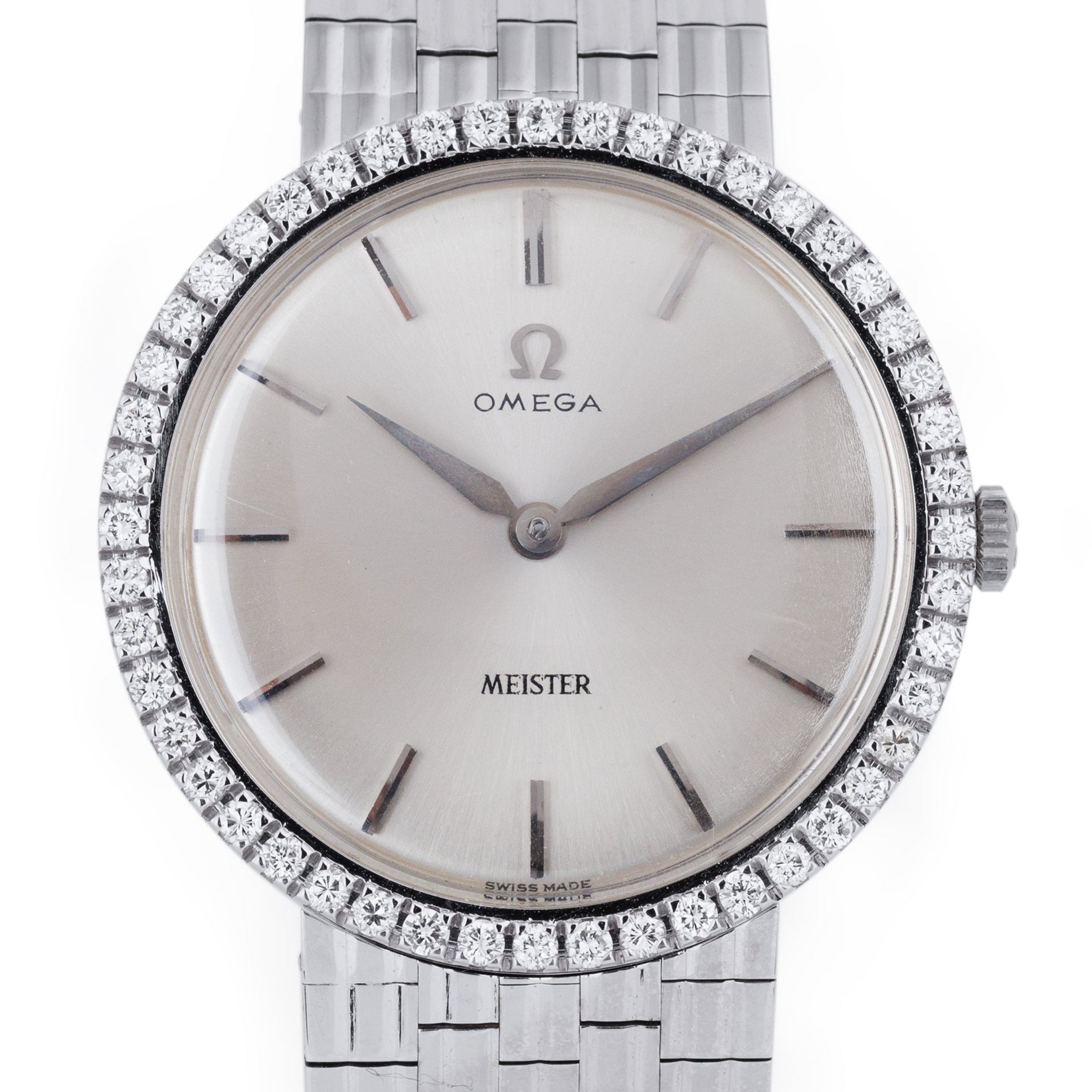Pre-Owned & Unworn Omega Watches
It was 1848 when 23-year-old Louis Brandt opened an assembly workshop in his family villa. After his death, his two sons inherited and continued the family business. In 1880 the company, then known as Louis Brandt & Fils, moved from the family villa in la Chaux-de-Fonds, to its current location on Rue Jakob-Stämpfli, a road in the city of Biel/Bienne. Here the boys had the benefit of full control of the manufacturing process.
In 1892 they created the first minute-repeating wristwatch, but their most important and defining innovation would come in 1894, when they released the revolutionary 19-line Omega calibre, made using groundbreaking industrial techniques. A British artillery officer can be considered the first Omega ambassador, when in 1899, in praise of the brand, he said: “prior to my departure to Africa, I got a dozen Omega wristwatches. Their constant use during so many months of service was indeed a difficult test, especially when taking into consideration the extreme differences of heat and cold, together with continuous strong rain and sandstorms. The watches passed with flying colours”. Of course, since the late 19th-century, Omega have vastly improved their movements and precision, in line with the emergence of new technologies.
Omega, having gained a reputation for its impressive accuracy, was approached as far back as 1905 to be official timekeeper for a myriad of sports events, both in Switzerland and abroad. Additionally, in 1909, Omega notably timed their first international sporting event, an international balloon race called the Gordon Bennett Cup. Perhaps their most recognized relationship with the sporting world though, is their relationship with the Olympic Games, which first started in 1932, when Omega gets to be official time keeper for all events of the Olympic '32 games. This was the first time that one brand was used to time all the sporting categories in the Olympic Games. Of course this huge entrustment of responsibility now highlighted the esteem with which Omega was now held, pushing them to the forefront of leading watchmakers in the world.
Further enshrining their reputation as master of precision was a test on their 47.7mm calibre in 1936, at the Kew Observatory, which was famed for testing timepiece movements. It attained the world precision record in all categories, with a score of 97.8 points out of 100 – a record still held by Omega today.
Many well-known figures have shown their eye for good taste wearing Omega’s, such as Elvis Presley in 1960 and President John F. Kennedy who wore his to his inauguration in 1961. More than gracing the likes of famous figures, Omega has been there to time history. Most notably, in 1962, an Omega Speedmaster entered space on the wrist of astronaut Wally Schirra on his Mercury Sigma 7 mission. Then in 1965 NASA declared the Omega Speedmaster its official watch, making it flight-qualified for space missions.
We can’t forget to mention the enduring relationship Omega has had with the legendary James Bond movies since 1995, when ‘Golden Eye’ was first released staring Pierce Brosnan, wearing a Seamaster Diver 300M. The Seamaster has appeared with Bond in every movie since, cementing their status as a timeless brand.
If you are interested in one of our Omega watches, you can book an appointment over the phone to view them in our Mayfair, London showroom. Additionally, you can chat to one of our experts via telephone or email, who will be happy to help with any inquiries you may have. You can also purchase an Omega watch on our website to be delivered straight to your door. Here at Watch Collectors, we sell and buy genuine used, preowned and unworn Omega watches; if you own an Omega you want to sell just get in contact with one of our experts, and we also offer part-exchange.
Sort by
4 products
Filters
Book Appointment
call us
Keep me updated
Newsletter
Be first to find our about our latest arrivals and best offers.

